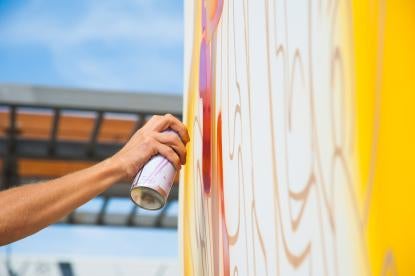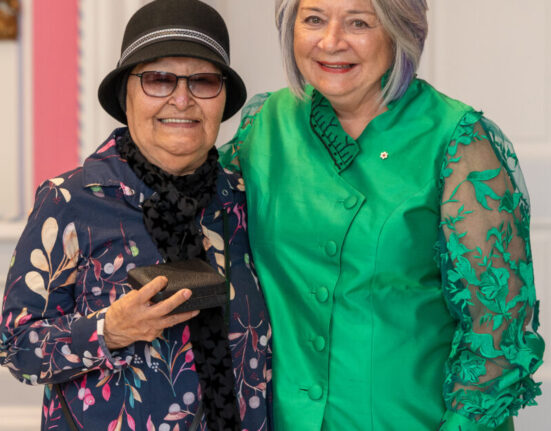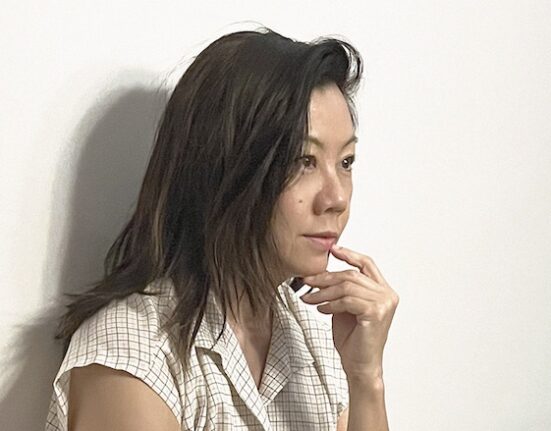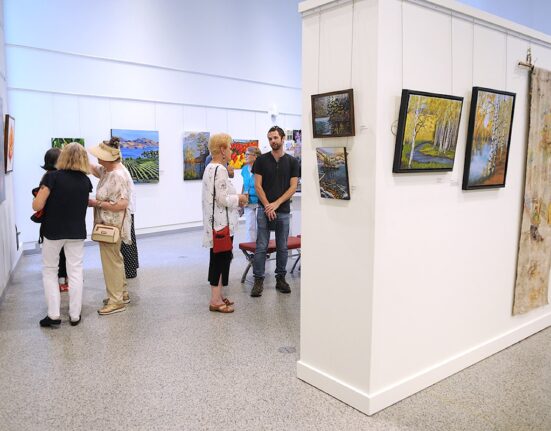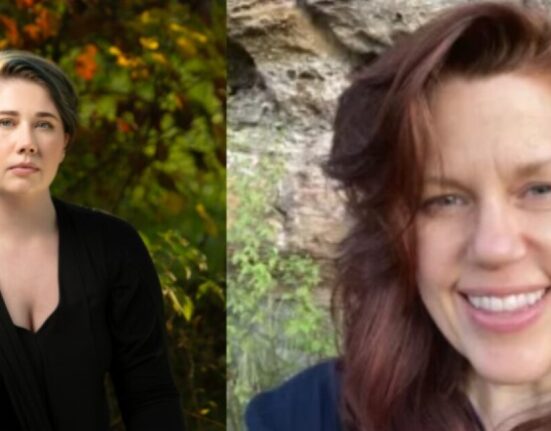A recent Second Circuit case has brought the debate surrounding contentious art and intellectual property rights to the forefront. The US Court of Appeals for the Second Circuit ruled that Vermont Law School’s decision to cover a pair of murals, which the school and many of its students found to be offensive, did not violate the artist Samuel Kerson’s rights under the 1990 Visual Artists Rights Act (VARA). This federal law protects certain artists’ moral rights, namely prevent the intentional distortion, mutilation, or other modifications of artwork, and preventing the destruction of artwork of a “recognized stature.”
Samuel Kerson’s murals, titled “The Underground Railroad, Vermont and the Fugitive Slave,” were painted in 1993 and 1994 and have been a source of contention for over two decades. The murals depict the history of slavery in the United States, from the capture of Africans through the abolitionist movement, and were criticized for depicting Black people in a “cartoonish” and “Sambo-like” manner.
The school originally planned to paint over the murals, but Kerson objected to this proposal as a violation of his rights under VARA. After it was determined that the murals could not be removed from the site without damage, the school opted to hide and conceal the murals by covering them intact with acoustic panels. Kerson then sued the school, claiming that the wall of acoustic panels modified and destroyed his work, violating his moral rights under VARA.
The district court denied Kerson’s claims based on its finding that concealment of site-specific artwork does not violate an artist’s moral rights under VARA. In particular, the court ruled that “modification” under VARA refers to alteration of a physical art object, not merely concealing it from view, as was the case here. The court also stated that “destruction” under VARA means causing irreparable damage to an artwork, which did not occur in this case, as the murals remained fully intact behind the wall of acoustic panels. The court also concluded that VARA does not protect site-specific artworks from concealment or removal from display by a site owner.
Kerson appealed the decision, but the Court of Appeals upheld the district court’s ruling. The Court of Appeals found that Vermont Law School did not destroy the murals by covering them with a solid barrier, as the murals remained fully intact. The court also determined that the school did not modify the murals by concealing them behind a wall of acoustic panels because “modification” under VARA entails a change to a work of art that alters some portion of it without radically transforming the whole. The court found that Kerson’s interpretation of “modification” was overly broad and not supported by the statutory text or context, and rejected Kerson’s argument that the acoustic panels would expose the murals to toxic environmental conditions that could damage them to the point of distortion, mutilation, modification, or even destruction.
Takeaways
While VARA aims to protect the integrity of an artist’s work, this case serves as an example of how the statute and courts seek to strike a balance in the case of site-specific works between artists’ rights to protect their reputations and artworks, and property owners’ rights to control the works in their possession. The court’s decision demonstrates once again that artist’s rights under VARA are not absolute. Under this precedent, property owners may, in some cases, have a legal basis to cover or conceal a provocative or offensive artwork on their premises without violating an artist’s rights under VARA, provided that the artwork otherwise remains intact. Nonetheless, the landscape of VARA rights and litigation continues to evolve and remains subject to much uncertainty. Therefore, artists and property owners should strongly consider negotiating upfront the terms and conditions for removal, alteration, destruction, and now also obstruction, of site-specific artworks when in the contracting stage of a project to ensure alignment and potentially avoid expensive and protected litigation in the future if plans for the property or artwork change down the road.

